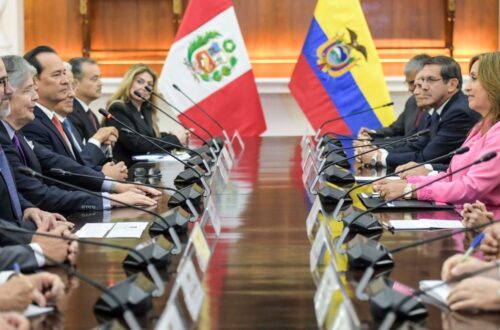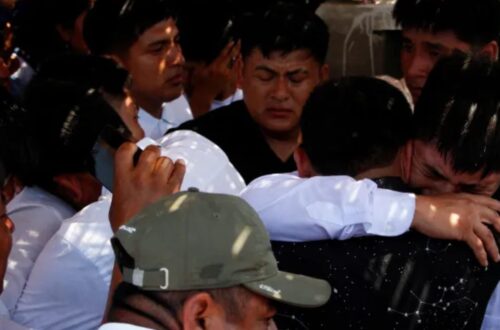In Peru, women’s rights stand at a crossroads — a nation with strong laws and political representation, yet riddled with inequality and neglect. On one hand, women hold visible positions in parliament, ministries, and community organizations.
On the other, millions still struggle for basic access to healthcare, education, safety, and reproductive freedom.
This contradiction forms the paradox of women’s rights in Peru — progress that looks promising on paper but remains painfully distant in practice.
Political Gains: Representation Without True Power
Peru has made noticeable progress in increasing women’s participation in politics. Female lawmakers now occupy nearly four out of every ten seats in Congress, marking a clear step forward in visibility.
The country’s Ministry of Women and Vulnerable Populations continues to advocate for gender equity and inclusion.
However, representation has not automatically translated into empowerment. While women’s presence in politics signals change, it has not led to consistent improvements in public health, rural infrastructure, or protection from gender-based violence.
Many policies are announced with enthusiasm but receive little funding or follow-through.
| Category | Latest Indicator | Observation |
|---|---|---|
| Women in Parliament | Around 38–40% | Symbolic progress, but limited influence in rural reforms |
| Maternal Mortality Rate | About 52 deaths per 100,000 live births | Higher than many Latin American peers |
| Access to Health Insurance | Over 95% coverage | Unequal access in Indigenous and Amazonian regions |
| Reported Gender Violence Cases (2024) | Over 140,000 | Persistent and underreported problem |
| Legal Status of Abortion | Restricted, allowed only to save life or health | Drives unsafe, underground procedures |
The Health and Reproductive Gap
Despite years of reform, the health system still fails to protect women equally. Rural and Indigenous women continue to face greater risks during childbirth due to poor hospital access, cultural barriers, and underfunded clinics.
The maternal mortality rate in Peru, while lower than two decades ago, remains alarmingly high. Many of these deaths are preventable — caused by delays in medical attention, long travel distances to hospitals, and lack of emergency care.
Reproductive health is another area of neglect. Abortion remains illegal in almost all cases, forcing thousands of women each year into unsafe procedures.
Furthermore, sexual and reproductive education remains uneven, with rural schools lacking trained teachers and medical supplies.
The historical wounds of forced sterilizations from the 1990s remain unresolved. Thousands of Indigenous women were sterilized without consent — an injustice for which survivors still seek recognition and reparations.
The Economic and Social Divide
Beyond health and politics, economic inequality deepens the gender gap. Women perform nearly three times more unpaid care work than men, limiting their ability to pursue paid employment or higher education.
Many are concentrated in informal jobs, earning significantly less than male counterparts.
Social norms and gender stereotypes still restrict women’s autonomy, especially in traditional and rural communities.
While urban centers show more opportunities, remote areas remain trapped in cycles of poverty and dependency.
Adding to the crisis is the ongoing threat of domestic and sexual violence. Despite laws designed to protect victims, femicides and abuse cases continue to rise. Shelters are underfunded, and victims often face lengthy judicial processes that fail to deliver justice.
Why the Paradox Persists
Several structural barriers keep the women’s rights paradox alive in Peru:
- Weak enforcement of laws – Policies exist but lack implementation and monitoring.
- Urban-centric governance – Rural women are rarely represented in decision-making.
- Cultural barriers – Indigenous and Afro-Peruvian women face discrimination and language obstacles when accessing state services.
- Underfunded institutions – Key ministries and health programs struggle with insufficient budgets.
- Political instability – Frequent government changes interrupt continuity of gender and health programs.
Bridging the Gap
To move from promises to progress, Peru must focus on real implementation and grassroots empowerment.
- Expand maternal and reproductive health services in rural and Amazonian areas.
- Reform outdated abortion laws to protect women’s safety and autonomy.
- Increase funding for shelters and programs tackling domestic violence.
- Invest in education and economic inclusion for Indigenous and poor women.
- Strengthen gender-responsive budgeting to ensure equal resource distribution.
Empowerment cannot exist without access — to healthcare, justice, and opportunity.
The paradox of women’s rights in Peru reveals a nation where laws promise equality, but lives show neglect. Representation in government means little if women continue to die from preventable causes, suffer violence at home, or live without reproductive freedom.
Real progress demands more than statistics — it requires commitment, accountability, and compassion.
When every woman, regardless of her birthplace or language, can control her body, access quality healthcare, and live free from violence, Peru will truly move beyond the paradox — from progress on paper to justice in reality.









